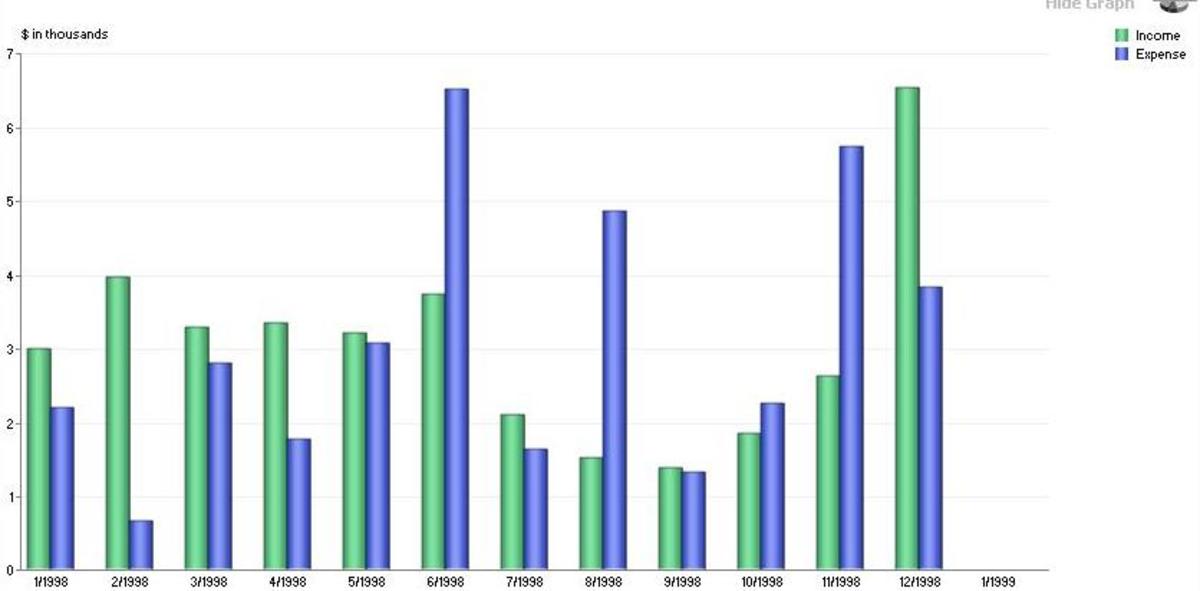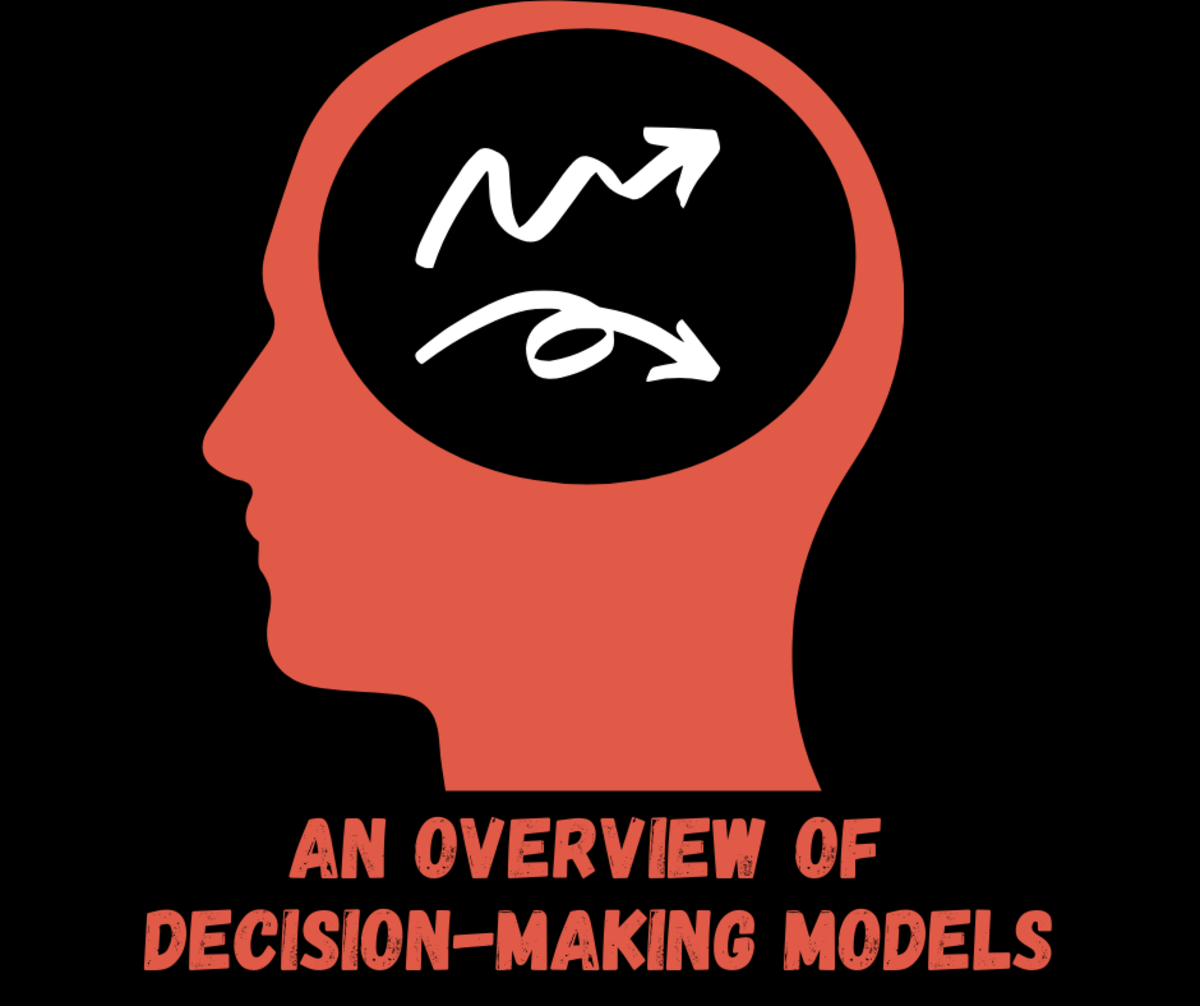What is Behavioral Finance?
What is Behavioral Finance?
Behavioral finance refers to the psychology of decisions involving money. In short, behavioral finance studies the human thought patterns and emotions that drive saving and investing.
While behavioral finance has garnered attention in an effort to explain irrational investing trends such as stock market bubbles, behavioral finance also affects day to day purchase and negotiation decisions. Behavioral finance is the intersection of finance and psychology.
Behavioral economics takes behavioral finance theory, which is limited to individual transactions or financial decisions, and applies it to whole areas of macro and micro economics.

Origins of Behavioral Finance
Behavioral finance has always existed. Behavioral finance can be identified as the root cause of the Tulip bubble and bust in the Netherlands four hundred years ago, the land speculation boom and bust of the late 1800s and roaring 1920s followed by the Great Depression in the 1930s. More recent examples include the Dot-Com bubble in which people poured billions of dollars into companies whose only product was a web address and an idea, not caring whether or not there was a plan to make money off of the idea.
The clearly defined theory of behavioral finance can be traced to the 1982 book “Judgment under Uncertainty: Heuristics and Biases” by Kahneman, Slovic, and Tversky. This book was based on earlier research on the psychology of stock brokers in the late 1960s and early 1970s. Behavioral finance arose from efforts to explain the stock market and its wild swings which cannot be explained by purely logical investing behavior. Prior to this work, economists assumed that investors were rational about investing, though we now know they rarely are.

Trends in Behavioral Finance
There are trends in behavioral finance that drive most of us. For example, we assume that prior trends will continue into the future, though we rationally shouldn't expect this.
This is why mutual funds say that prior market performance is no guarantee of future performance, but investors are upset when a fund that did well for five years suddenly drops in value.
The description of an item or its framing will affect its perception by consumers. The emotional state of the consumer or initial bias in the presentation of information will color the perception of any other information consumers learn.
Behavioral finance has found that consumers use rules of thumb called heuristics to make decisions. They rarely perform highly detailed risk analyses or profit-loss statements, instead relying upon internal rules of thumb that speed up decision making but are often incorrect. Behavioral finance explains why most day traders lose money, while buying and selling based on numerical analysis by computers is generally profitable. The machines make the decisions to buy and sell based on the data, without the emotions.
Types of Bias in Behavioral Finance
Biases arise out of personal experience. These rules are created to explain what has happened and give guidance in making future decisions. For example, with hindsight bias, unforeseen events are now deemed inevitable, because they have happened. If the similar events occur, someone will assume the same outcome.
Availability bias means that we make internal rules based upon our own experiences. Someone who is upper class may assume that what they had available, in terms of goods or services, will be available to anyone else. Their decisions and recommendations for others are biased by their own experiences and assumptions that what they have is available to others.
For example, medical workers offering contraception in Afghanistan as part of a study were given several page questionnaires to ask women while handing out birth control. There was low participation in the study, because few women would answer so many questions of such a personal nature, something unacceptable in their conservative culture. The administrators of the program assumed that others would be able and willing to answer such questionnaires, despite facing a society where most women could not read and were not sufficiently educated to answer many of the questions that were asked.
Gambler's fallacy is the error of assuming a current trend will continue, regardless of the actual odds. If rolling a die with six sides has resulted in the number two coming up twice, the odds of the next roll yielding a 2 are still one in six, not higher because the die has already turned up as a two more than statistically expected.
Overconfidence occurs when people issue optimistic assumptions. Then they are surprised or angry when the world fails to meet their high expectations. A common example of this is when students over-estimate their grades on exams or children who over-estimate who far they jumped. If they were not over-confident, they would be correct more often. This may be why the depressed have been found to have a more realistic perception of the world and can make better decisions in difficult conditions; when depressed, they do not suffer from overconfidence bias. Think of Churchill's wise allocation of resources to preserve them against a dictator who assumed that all would be well and perfect. Many other generals throughout history have fallen because they were overconfident of their army's capabilities or the ability to overcome tactical disadvantages.
Expert judgment is a bias toward accepting the opinion of an expert with more weight than someone who is not deemed an expert. This also causes surprise when the experts are found to have been in error.
Anchoring and adjustment occurs when people react conservatively when faced with new information, averaging their prior bias with the new information to create a hybrid rule still weighted in the wrong direction. Over-reaction is when someone abandons their prior rule and assumes that the actual rule is too far in the opposite extreme.
Aversion to ambiguity simply means that people prefer the known to the unknown. We can see this in daily life when someone stays with a bad partner or unpleasant job because it is known instead of leaving and seeking something better in life. In behavioral finance, someone may stay with a poor performing stock because it is known instead of selling it and taking a risk on a new investment. In other cases, people choose the low but relatively certain returns of a steady but low dividend stock instead of buying something that has high potential returns but could lose money as well.
A simpler example is when people are offered a flat $50 or 50-50 chance of $120, many simply take the $50 despite the odds of a higher average payout of $120. In the job market, this means that many people will stay in a salaried position with a known income instead of striking out into sales with an unlimited upside but the possibility of earning nothing in a month.
Representative bias is a technical term that can refer to stereotypes. We create stereotypes based upon the assumption that the common traits for a small sample are shared by all cases. Someone who meets several well-accomplished young people from a school may then assume that most students at this school are high achievers. This bias then hurts average students from this school who then apply for a job or college placement, who appear below average based on the decision maker's bias, even if the current young person's performance is above average for the whole population.
Behavioral Finance Terms
Loss aversion refers to the emotional choice to try to mitigate a loss instead of taking a loss and moving on to another investment. We see this when someone continues to poor money into a failing business in the hope of at least breaking even later.
Loss aversion occurs when someone holds onto a falling stock with the hope that it will rise back up; in theory, the person would then sell in the future at a break-even point instead of taking an emotional hit for selling at a loss. Loss aversion drives many investment decisions, because the pain of the loss is deemed greater and felt more intensely than the gains that could occur later. Loss aversion also drives some decision makers to greater irrationality, as they take greater and greater risks chasing the possibility to get back to even and avoid a loss. In short, loss aversion makes it hard to take losses and move on to better opportunities. Regret from prior mistakes increases loss aversion.
Hedonistic editing is when someone frames advice in a way that improves its emotional import. You are not going deeper into debt by rolling over an existing car note into a new car loan; instead, the dealer tells you that you have negative equity. Having negative equity sounds better than owing far more on a car than it is worth. Conversely, hedonistic editing can be used to help someone get past loss aversion. For example, you're not selling stock at a loss but merely transferring assets to another account. The terminology or framing of the transaction sounds better; the action of selling at a minor loss while moving the money to another account is the same.
Tolerance for risk is a measure of their comfort with uncertainty. While someone statistically would earn more by investing more in stocks, the emotional decision to accept risk and the possibility of losses causes many to be more conservative in their investing. Conversely, novelty seekers get an emotional thrill out of taking great risks, and thus will take greater risks out of the hope of making it big, despite the odds against them.








